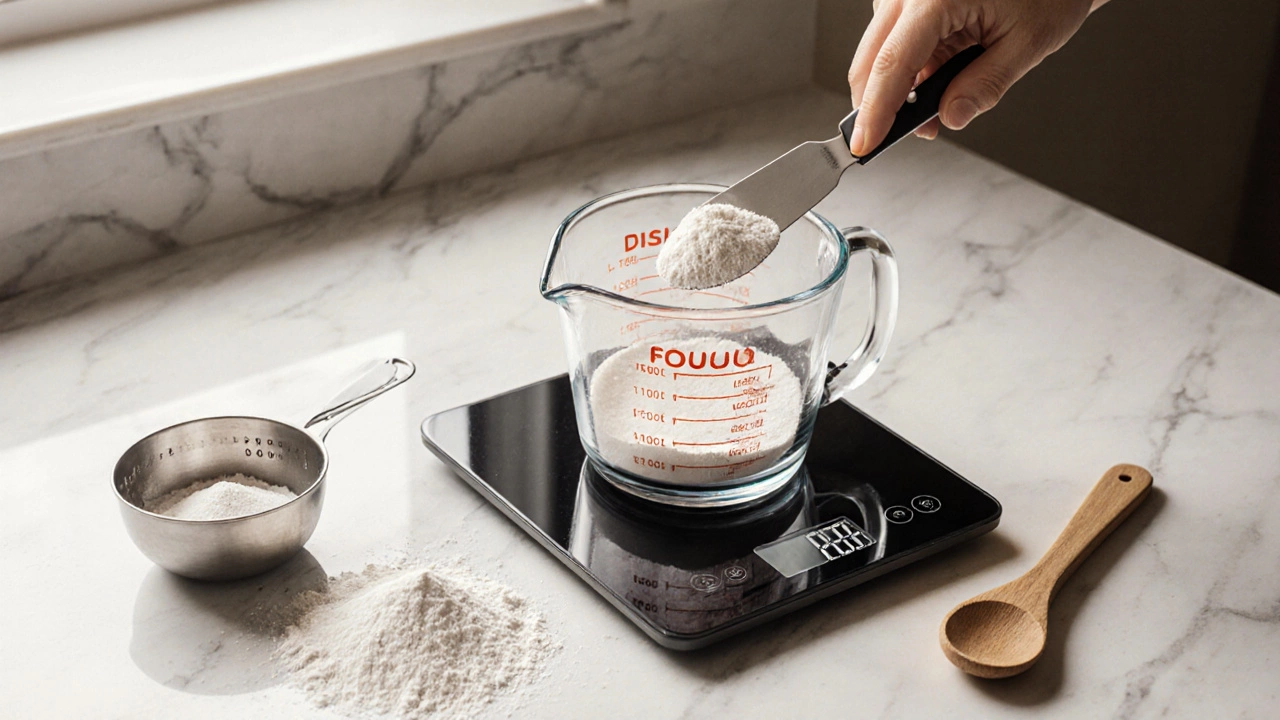
4 Essential Tips for Perfect Cookies
Discover four practical tips that turn average cookies into bakery‑level treats, covering flour, butter, sugar balance, and oven control.
When working with Oven Temperature, the heat setting inside an oven that controls how quickly food cooks and sets. Also known as baking temperature, it directly influences crumb structure, rise, and browning. A reliable thermometer is a must because most ovens run hotter or cooler than the dial suggests. Oven temperature determines how long a batter will need to set, whether a crust will crisp, and how evenly flavors develop. In short, the right heat level enables consistent results and prevents common mishaps like soggy centers or burnt edges.
Take Cheesecake, a rich, custard‑like dessert that relies on gentle, steady heat. Baking at 300°F (150°C) lets the protein network tighten slowly, delivering a silky texture without cracks. Crank the heat up to 375°F (190°C) and you risk a dry top and a rubbery interior. Fudge, a dense, glossy confection that needs precise temperature control during cooking. Hitting the “soft‑ball” stage at 236°F (113°C) ensures that the sugar crystals stay fine, giving you that melt‑in‑your‑mouth feel. Too low a temperature and the fudge ends up grainy; too high and it hardens. Cookie dough, benefits from a cool rest before baking. Chilling the dough at refrigerator temps (40°F/4°C) for at least an hour reduces spread, leading to thicker, chewier cookies once the oven’s heat hits around 350°F (175°C). Even a short overnight chill can boost flavor by letting fats solidify and sugars hydrate. Lastly, delicate desserts like Meringue, which relies on low, dry heat to dry out egg whites without browning demand a 225°F (107°C) setting for a crisp exterior and soft interior. In every case, the oven’s heat setting is the common thread that dictates texture, rise, and final appearance.
Below you’ll find a curated list of articles that dive deeper into these topics: baked vs. no‑bake cheesecake comparisons, fool‑proof fudge temperature charts, the science behind chilling cookie dough, and tips for perfecting meringue and pavlova. Each post breaks down the exact temperature ranges you need, offers troubleshooting steps, and shares practical tricks you can try today. Whether you’re a beginner hoping to avoid common pitfalls or an experienced baker fine‑tuning your technique, the guides ahead will give you clear, actionable insight into mastering oven temperature across a variety of sweet creations.

Discover four practical tips that turn average cookies into bakery‑level treats, covering flour, butter, sugar balance, and oven control.